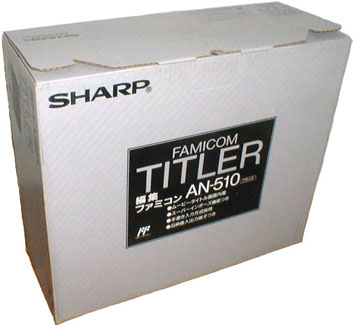Systems and sophisticated accessories
During the ’80s and ’90s, the Family Computer was far from being the only Famicom-related system on the market. Nintendo Co., Ltd., allowed Sharp and others to develop their own units.
Sharp created the Twin Famicom, which combined the Famicom and Disk System into one console. Sharp also developed the C1, which was a combination TV and Famicom, and the Titler, which was a combination video subtitler and Famicom (the weirdest console ever, but it’s the only one with S-video).
In addition to Famicom systems, companies, like Nintendo, released what they called “systems” but where really just sophisticated attachments for the Famicom. Nintendo released things like the 3D System, which allowed gamers a way to view certain games in 3D graphics.
After Nintendo’s patent on the Famicom ran out, Famiclones — or fake Famicom systems — began popping up for sale.
